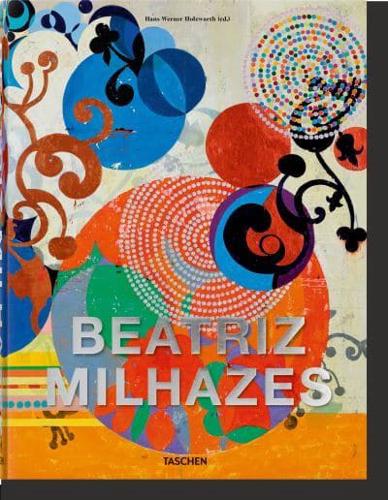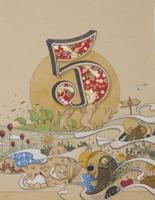Publisher's Synopsis
In her vibrant works, the Brazilian painter Beatriz Milhazes fuses two very different worldviews. Her abstract compositions, which can be seen in a line with modernist masters from Henri Matisse to Bridget Riley, are saturated with the colors and light of her native country. Her paintings are strewn with symbols of everyday life in Brazil, invoking carnival, traditional craftsmanship, and motifs from baroque to pop, all choreographed in an exuberant visual rhythm. The colorful atmosphere has an irresistible exotic allure, but as in the works of Paul Gauguin, we find a broken paradise in which darker, more melancholic tones resonate, both in the promises of tropical life and those of modernist abstraction.
In seeking this balance, Milhazes developed a special transfer technique in the late eighties, painting her motifs onto plastic sheets, gluing these to the canvas and letting them dry, and then peeling away the plastic once dry so that the paint remains on the canvas. This method allows the artist to layer surface upon surface and to achieve an iridescence somewhere between radiant aura and shimmering melancholy. Since her breakthrough in the early 1990s, Milhazes has extended the scope of her work to other media, producing screen prints, collages made of chocolate and candy wrappers, sculptures such as giant mobiles made of carnival decorations, site-specific projects that transform building façades into stained glass windows, and experiments with body and rhythm in collaboration with her sister Marcia's ballet ensemble.
This updated edition, which has been expanded to include works made as recently as 2020, explores all of the artist's creative phases, from her beginnings to the present, with over 300 of her works. The book was created in close collaboration with the artist, in both the selection of images and specially designed pages between chapters. It includes a conversation with editor Hans Werner Holzwarth in which the artist unravels her working methods and talks about the ideas and cultural background behind her work. An art historical essay by David Ebony, a poetic dictionary of Milhazes's key motifs by Adriano Pedrosa, and a detailed, updated artist biography by Luiza Interlenghi round off this comprehensive work.
Also available in an Art Edition with a silkscreen print signed by Beatriz Milhazes











